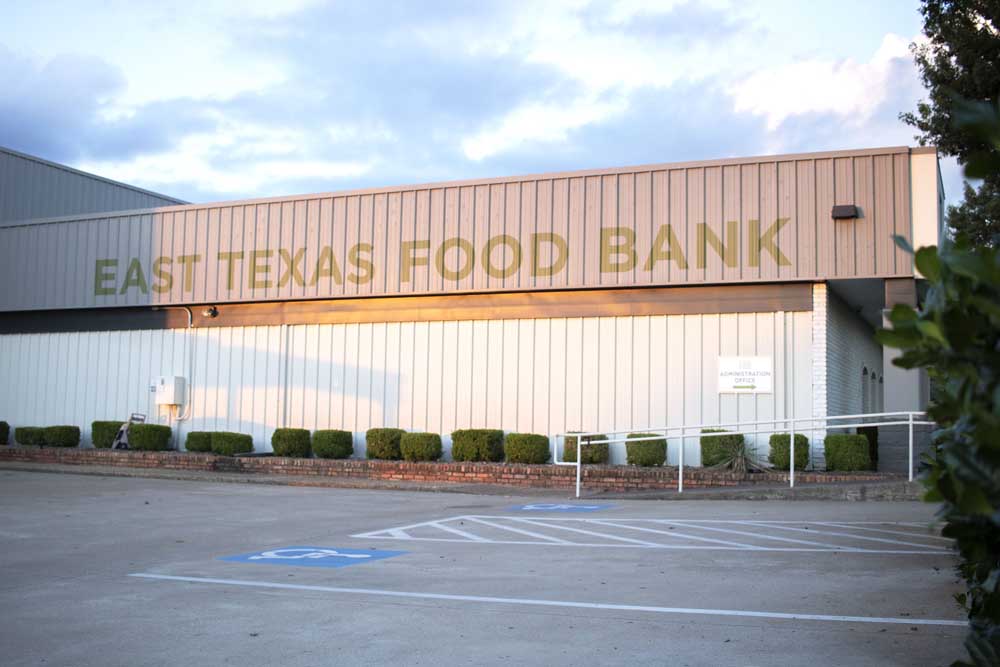Expanded tax credit is reducing child hunger – but it can do much more
Published 3:43 pm Tuesday, September 14, 2021

- The East Texas Food Bank, located at 3201 Robertson Road in Tyler, is an outlet for local families in need of food supplies.
In August, Congress voted to proceed on a transformative bill that would, among other things, keep a potent new weapon in the fight against child hunger.
The expanded Child Tax Credit, which East Texas families first began receiving in July, helps offset the growing cost of raising kids. The program has already proven its worth as an investment in a healthier future. In just two months, food insecurity rates for Texas families with children have fallen 27% statewide. Texans who received the credit report that food is their most common purchase.
We’re not surprised. The last year has been extraordinarily challenging for many Texas families, and household food budgets are most susceptible to unforeseen change. Even prior to the pandemic, one in five East Texas families were forced to make hard choices between affording enough food and other needs, like health care, housing and transportation.
We’ve heard so many stories from families that have never needed food assistance until the pandemic, like David’s family. We met David and his daughter at a food distribution. David was furloughed at work and his wife was furloughed for two months. After the family of five suddenly lost all their income, they visited us to get nutritious food to get by.
With the help of our community, the East Texas Food Bank successfully weathered the intense demand that followed the pandemic’s early days to serve families like David’s. But the need still remains greater than it was before. According to Feeding America data from March 2021, 239,800 East Texans, including 85,450 children, are facing hunger. Based on our experience following the 2009 recession, we expect hunger to fall slowly while many families dig themselves out of a deep financial hole.
Congress can expedite their recovery and build a solid foundation for cutting child poverty in half by making the current Child Tax Credit permanent. This money will help our families feed themselves for today, as well as make investments in a more stable future for their children.
It’s common sense that when families can afford to live, kids do better. Research on similar programs across the country has demonstrated not only that participants’ basic needs are met, but that associated improvements in stress and health boost full-time employment and academic achievement. As these families’ spending and earning potential grows, so does our economy. That benefits everyone.
Congress has their marching orders — but we can all do more to promote the Child Tax Credit locally. Families with very low incomes who did not file taxes in 2020 will not receive the tax credit automatically. They must go online to a portal like GetCTC.org in order to claim their credit. There are many ways that our nonprofit community, local government officials and state agencies like HHSC can ensure that every eligible East Texan knows about the credit and how to request it.
This historic opportunity to reduce child hunger and poverty in East Texas is an idea that everyone should get behind. The outcome will be healthier families and a healthier society.






